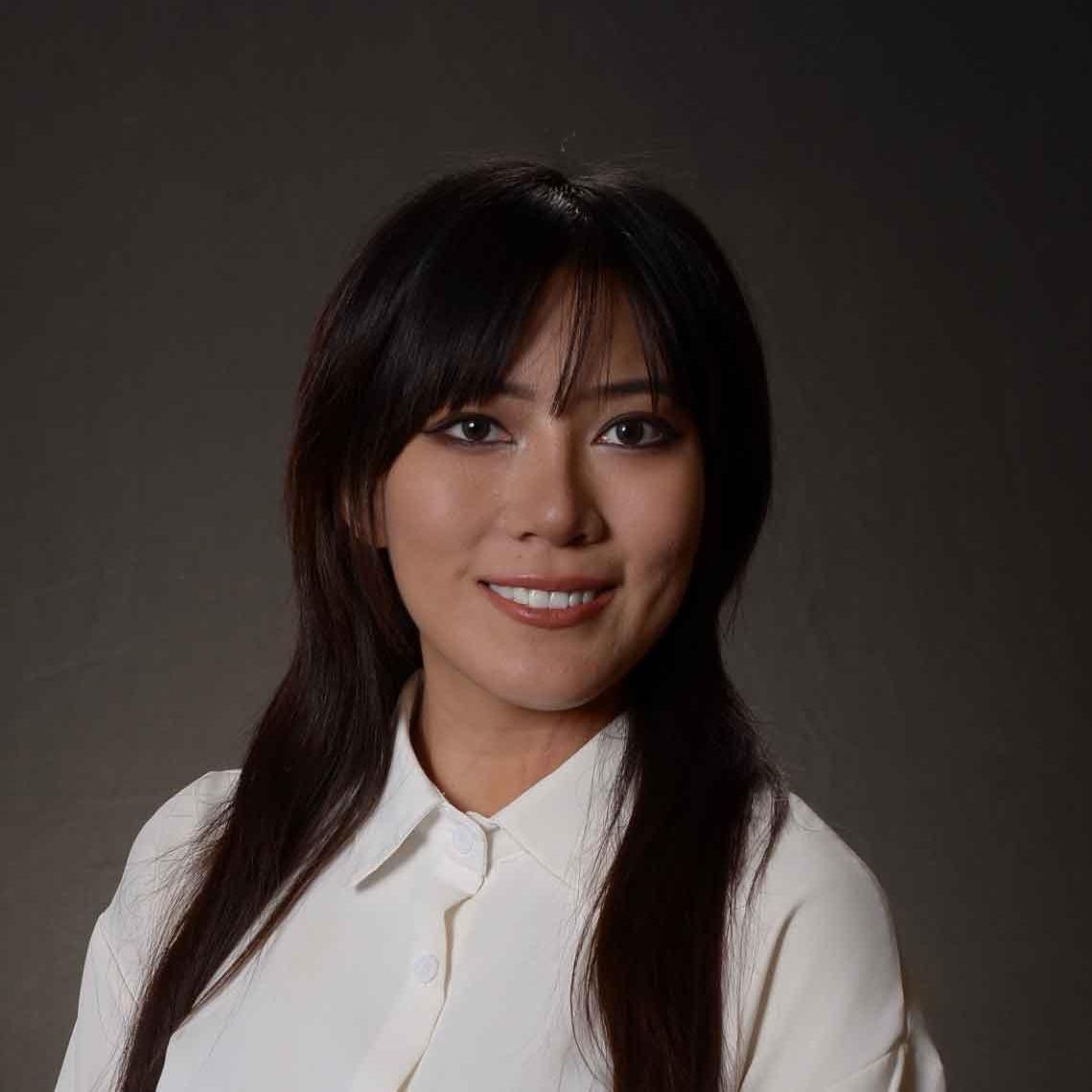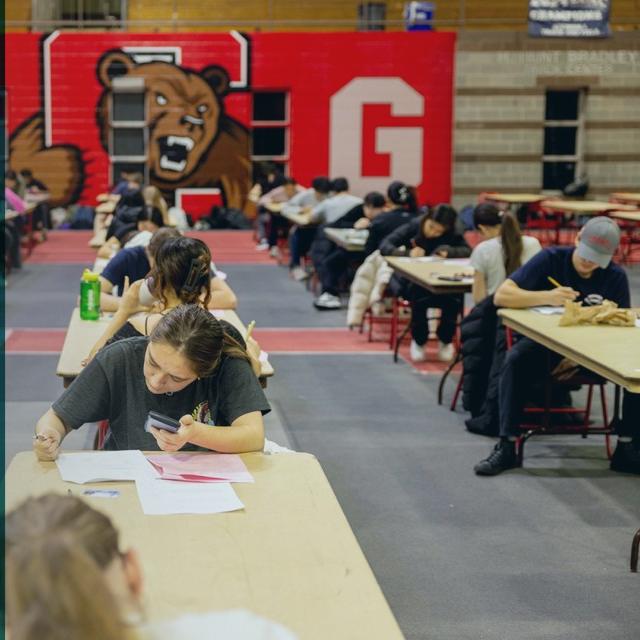
 Department Homepage
The College of Arts & Sciences
Department Homepage
The College of Arts & Sciences
After years of wandering, longest-serving professor finds a home at Cornell
Anil Nerode spent his childhood on the move.As the son of an itinerant yogi living in the United States, “I went to around 50 grammar schools in 50 places,” said Nerode, the Goldwin Smith Professor of Mathematics in the College of Arts and Sciences. “I was never anywhere more than a few weeks.”So in 1959, when he found a place he liked – Cornell – he settled down and stayed put.




